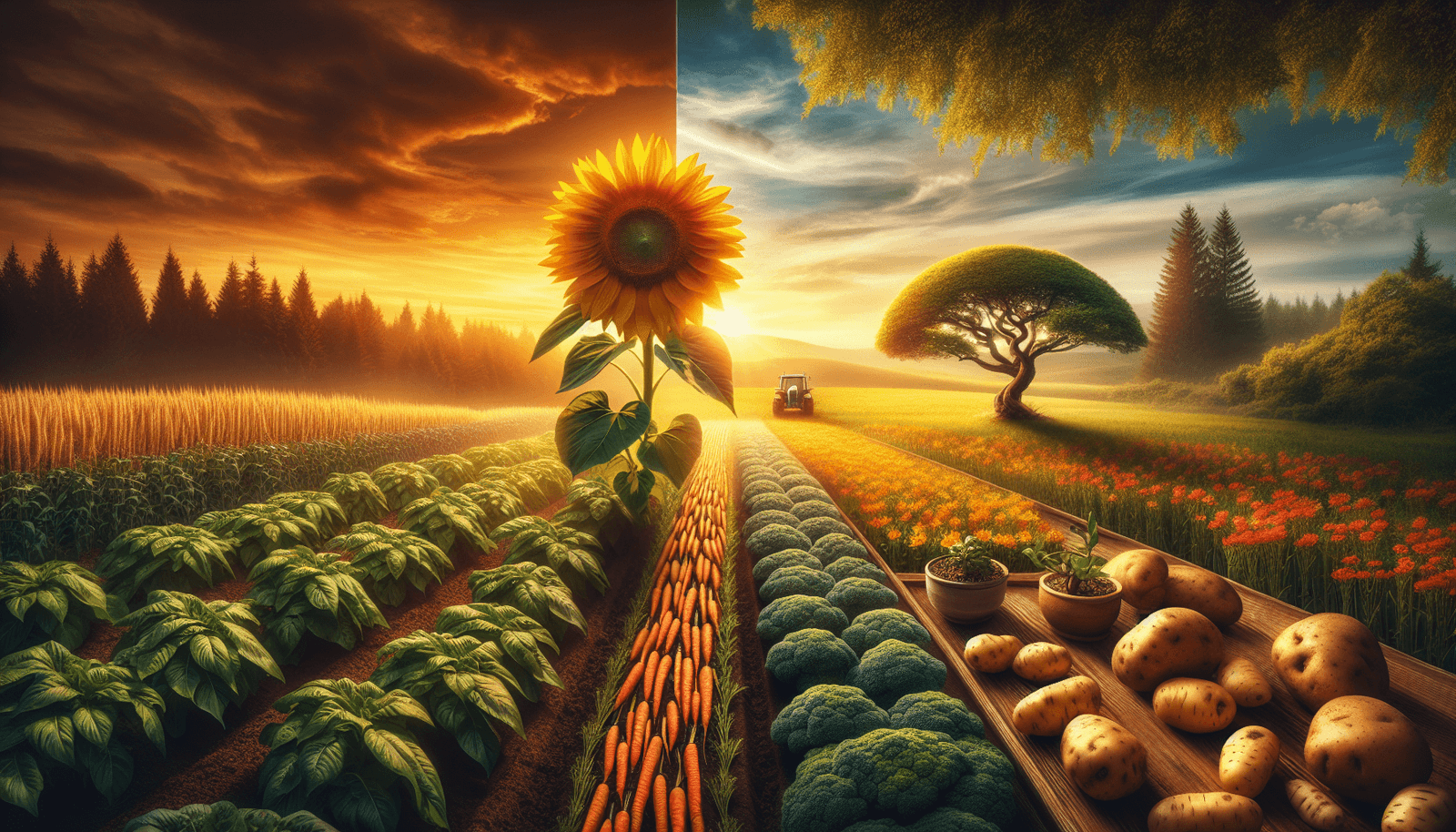Imagine walking through a lush garden, marveling at the colorful flowers, neatly trimmed hedges, and bountiful harvest. Now picture yourself in a vast field, surrounded by rows upon rows of crops, stretching as far as the eye can see. The question arises: is there a difference between gardening and farming? While both involve cultivating plants and working with the land, there are distinct variations in scale, purpose, and techniques that set these two practices apart. Let’s take a closer look to uncover the nuances that differentiate gardening from farming.
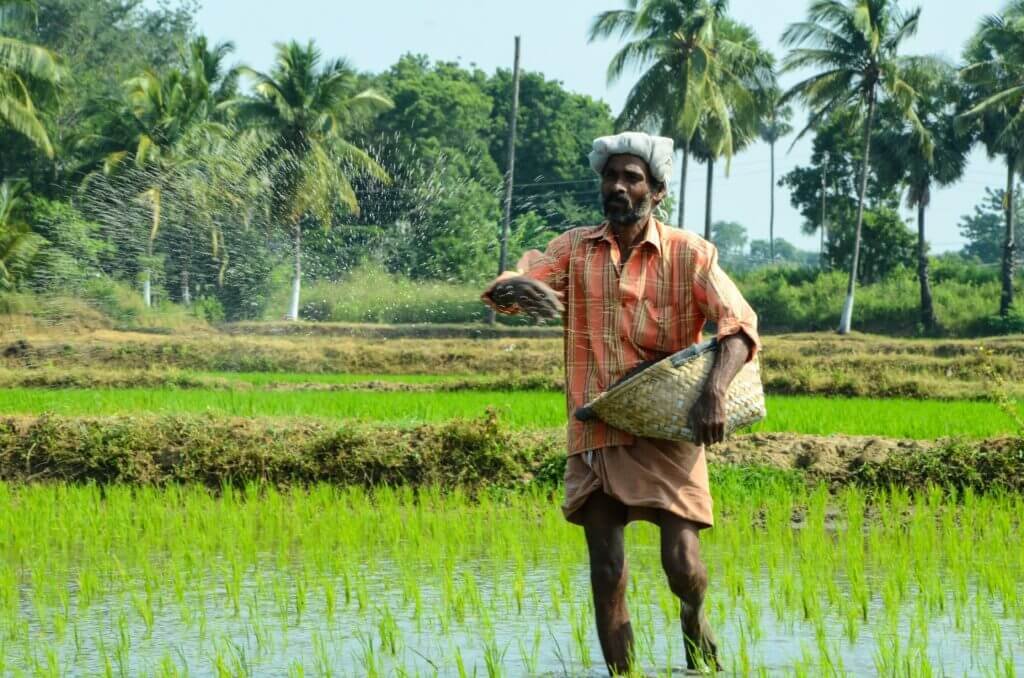
Definition of Gardening
Gardening refers to the practice of cultivating and growing plants, usually in a smaller and more intimate setting. It involves nurturing and tending to plants in a controlled environment, such as a backyard or a community garden. The main objective of gardening is to enhance the beauty of outdoor spaces and to grow fresh produce for personal consumption. It is a recreational activity that provides individuals with a sense of joy and satisfaction as they watch their plants flourish.
Activities involved in gardening
The activities involved in gardening vary depending on the specific goals and preferences of the gardener. Common activities include preparing the soil, planting seeds or seedlings, watering, fertilizing, pruning, and harvesting. Gardeners may also engage in activities such as mulching, composting, and pest control to ensure the health and vitality of their plants. Additionally, creativity and aesthetics play a significant role in gardening, as individuals often personalize their gardens by selecting specific plants, arranging them in visually pleasing patterns, and adding decorative elements such as statues or garden furniture.
Scope of gardening
Gardening typically takes place on a smaller scale, focusing on limited areas such as backyard gardens, balcony gardens, or even indoor gardens. The scope of gardening can be as small as a few potted plants or as large as an extensive landscape design. It offers a wide range of possibilities, allowing individuals to tailor their gardens to their own preferences and available space. While some may opt for a simple herb garden or flower beds, others may choose to create elaborate vegetable gardens or ornamental landscapes. The scope of gardening is highly flexible and adaptable, allowing for customization based on individual needs and desires.
Types of gardens
There are various types of gardens that fall under the practice of gardening. These include vegetable gardens, flower gardens, herb gardens, container gardens, and even specialized gardens such as rock gardens or water gardens. Vegetable gardens focus on growing edible crops such as tomatoes, peppers, and lettuce, while flower gardens emphasize the cultivation of aesthetically pleasing flowers and plants. Herb gardens, on the other hand, center around growing herbs for culinary or medicinal purposes. Container gardens utilize pots or containers to cultivate plants in limited spaces, and specialized gardens, such as rock gardens or water gardens, cater to specific environmental or design preferences.
Definition of Farming
Farming, in contrast to gardening, refers to large-scale agricultural practices aimed at the mass production of food, fiber, or other commodities. It involves cultivating vast areas of land with the objective of commercial production rather than personal use. Farmers utilize advanced agricultural techniques, machinery, and technologies to optimize crop yields and meet the demands of the market. The primary focus of farming is to generate income and sustain agricultural operations on a larger scale.
Activities involved in farming
Farmers engage in a wide range of activities to ensure successful and efficient agricultural production. These include land preparation, seeding or planting, irrigation, fertilization, pest control, crop maintenance, and harvesting. Additionally, farmers often need to manage livestock, such as cattle or poultry, as part of their farming operations. To achieve economies of scale and optimize production, farmers may also need to engage in activities such as crop rotation, soil management, and market analysis. Unlike gardening, farming involves a higher level of organization, planning, and management due to the larger scale and complexity of the operations.
Scope of farming
Farming operates on a large scale, utilizing extensive agricultural lands and machinery. It often involves multiple fields or farms, and farmers may need to manage vast stretches of land to meet the demand for their products. The scope of farming extends beyond personal consumption, as the primary goal is to produce goods for commercial purposes. Whether it is cultivating crops or raising livestock, farming requires a comprehensive understanding of agricultural practices and business management to ensure profitability and sustainability.
Types of farms
There is a wide variety of farms specializing in different agricultural activities. Some common types of farms include crop farms, dairy farms, poultry farms, livestock farms, and fish farms. Crop farms focus on cultivating various types of crops, such as grains, fruits, or vegetables, while dairy farms predominantly produce milk and other dairy products. Poultry farms specialize in raising birds for meat or egg production, and livestock farms primarily focus on breeding, raising, and selling livestock for meat. Fish farms, also known as aquaculture farms, are dedicated to raising fish and other aquatic organisms for commercial purposes. Each type of farm requires specific knowledge, infrastructure, and management practices to ensure optimal production and marketability.
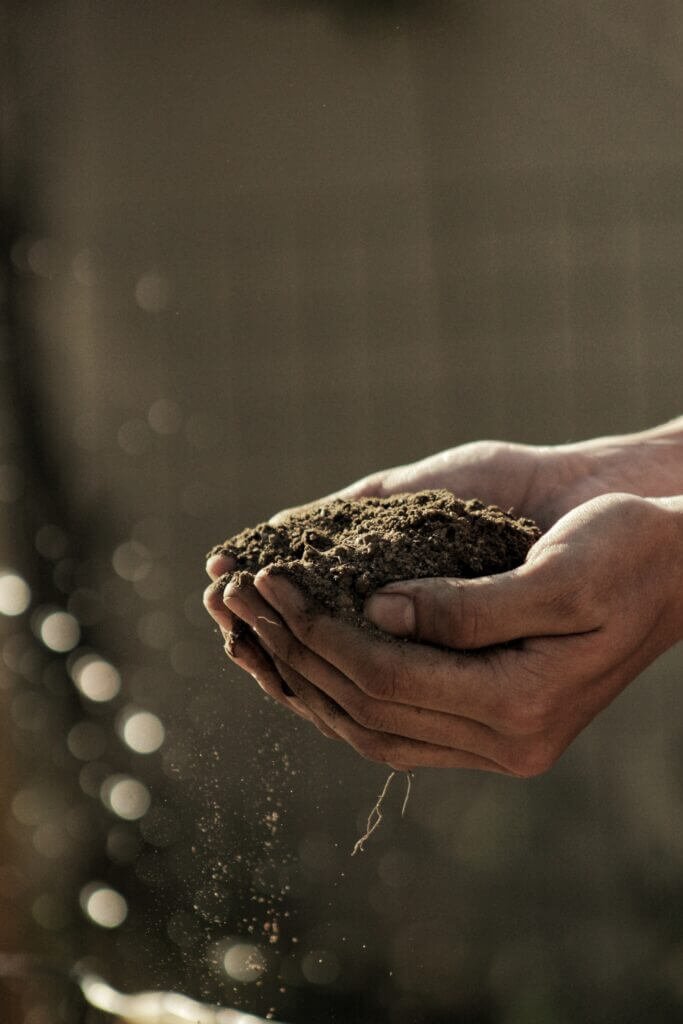
Scale of Operation
Gardening at a small scale
Gardening is typically carried out on a small scale, with individuals or families tending to their own gardens or small plots of land. It offers the opportunity for individuals to connect with nature and engage in productive activities without the pressures or challenges associated with large-scale operations. Gardening can be easily managed by individuals with limited experience or resources, making it accessible to a wide range of people. It allows for experimentation and personalization, enabling gardeners to freely explore their creativity and preferences without the constraints of commercial demands.
Farming at a larger scale
Farming involves agricultural practices on a much larger scale, often requiring significant investments in land, machinery, and infrastructure. It necessitates specialized knowledge, management skills, and access to resources to ensure productive and profitable operations. Farmers are not only responsible for growing crops but must also navigate market dynamics, supply chains, and various regulatory frameworks. Farming operations are typically conducted by professional farmers or agricultural businesses, as the scale and complexity of the operations demand a higher level of expertise and resources.
Distinguishing features in terms of scale
The primary distinguishing feature between gardening and farming lies in the scale of operation. Gardening is characterized by its smaller and more personal scale, allowing individuals to enjoy the benefits of cultivating plants in a controlled and intimate setting. Farming, on the other hand, operates on a larger scale, often involving extensive areas of land and significant investments. The scale of operations in farming enables farmers to benefit from economies of scale, utilizing advanced machinery, technology, and processes to optimize production and maximize profit margins. While gardening offers a more accessible and leisurely approach, farming requires a more professional and business-oriented mindset.
Primary Purpose
Gardening for personal use
The primary purpose of gardening is often centered around personal enjoyment and satisfaction. People engage in gardening as a recreational activity, finding joy and fulfillment in nurturing plants and beautifying their outdoor spaces. By growing their own fresh produce, herbs, or flowers, gardeners also enjoy the benefits of consuming fresh and organic products. Gardening allows individuals to connect with nature, relieve stress, and derive a sense of accomplishment from witnessing the growth and beauty of their plants. The focus is on self-sufficiency, personal well-being, and the creation of a peaceful and aesthetically pleasing environment.
Farming for commercial purposes
Farming, on the other hand, primarily serves commercial purposes and aims to generate income through the production and sale of agricultural products. Farmers operate with a profit-driven mindset and are constantly striving to meet market demand, maximize yields, and optimize production efficiency. The primary purpose of farming is to provide food, fiber, and commodities to consumers on a larger scale. Agriculture plays a critical role in ensuring food security and economic growth by contributing to local and national economies. The focus in farming revolves around business profitability, sustainable production, and meeting consumer demands.
Differences in purpose
The major difference in purpose between gardening and farming lies in the intended outcome of the activities. Gardening is more focused on personal satisfaction, enjoyment, and self-sufficiency, whereas farming is driven by economic goals and commercial viability. Gardening allows individuals to create a personal oasis and cultivate plants for their own pleasure and consumption. In contrast, farming entails meeting the demands of a market and providing goods for a broader consumer base. The purpose of farming extends beyond personal fulfillment, emphasizing the need to meet societal needs, contribute to the economy, and ensure food availability on a larger scale.
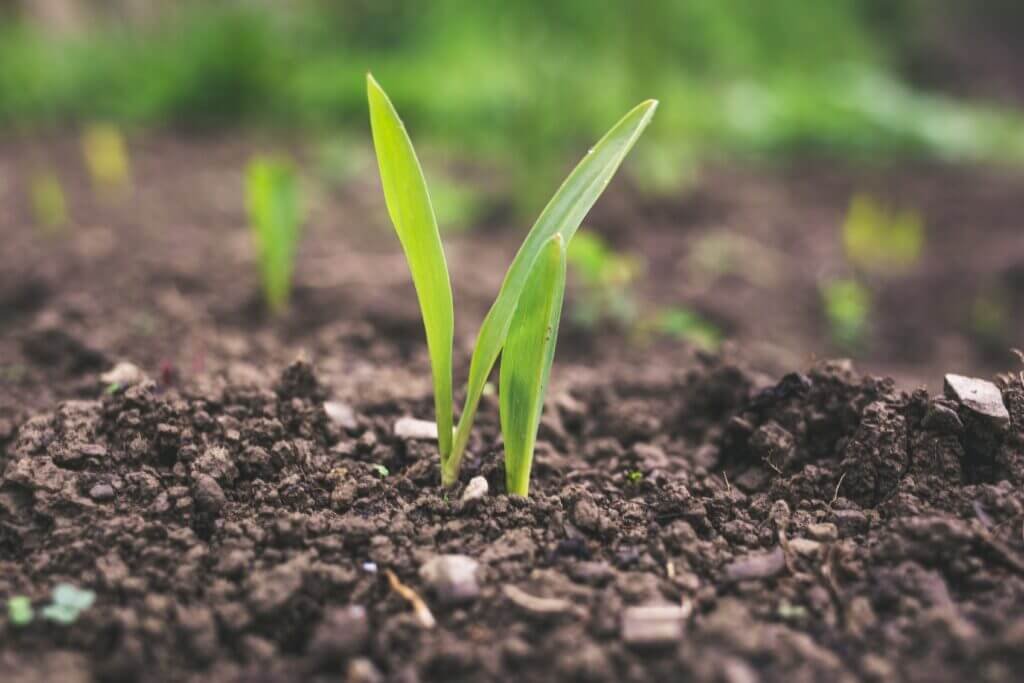
Crop Variety
Diversity in gardening crops
Gardening offers a vast array of possibilities when it comes to crop selection. Gardeners have the freedom to choose from a wide variety of plants, including flowers, vegetables, herbs, and even trees or shrubs. The diversity of gardening crops allows individuals to cater to their personal preferences, dietary needs, or simply experiment with different types of plants. By growing a mix of crops, gardeners can enjoy a continuous harvest throughout the growing season, ensuring a regular supply of fresh produce and ornamental plants.
Specialization in farming crops
Farming, on the other hand, often involves specialization in crop selection. Farmers focus on cultivating specific crops that are well-suited to local conditions, market demands, and profitability. Specialization allows farmers to optimize production practices, invest in appropriate machinery and equipment, and streamline their operations. By focusing on specific crops, farmers can enhance their expertise in cultivation and marketing, thereby increasing their chances of success. Sustainable farming practices and technological advancements enable farmers to maximize yields and produce higher-quality crops tailored to specific market requirements.
Contrast in variety
While gardening embraces a wide range of crop varieties, farming often prioritizes a narrower selection driven by commercial considerations. Gardening’s diversity allows for exploration, experimentation, and personal preferences, making it accessible to individuals with different tastes and interests. Farming, in contrast, requires a more strategic approach, focusing on the cultivation of crops with high demand and profitability. The contrasting approaches to crop variety highlight the different goals and priorities between gardening, which focuses on personal satisfaction, and farming, which prioritizes economic viability and market demand.
Skills and Knowledge
General gardening skills
Gardening requires a range of general skills and knowledge related to plant care, soil management, and basic horticultural practices. These skills include understanding plant nutrition, watering requirements, pest identification and control, and plant propagation. Gardeners also need to be familiar with different soil types, pH levels, and the use of organic or synthetic fertilizers. Additionally, gardening enthusiasts may need to develop their knowledge in areas such as pruning techniques, seed starting, and seasonality of different plants. While gardening skills can be acquired through experience and self-learning, there are also resources, workshops, and gardening communities that provide guidance and support to individuals interested in honing their skills.
Specialized farming techniques
Farming requires a more specialized set of skills and knowledge due to its larger scale and commercial nature. Farmers need to possess a deep understanding of agronomy, crop management techniques, pest and disease control strategies, and irrigation methods. They also need to be knowledgeable about soil fertility, crop rotation, and the use of agrochemicals. Additionally, farmers must possess business and financial management skills to ensure the profitability and sustainability of their operations. The application of precision agriculture techniques, advanced machinery, and technology further adds to the skillset of modern farmers. Specialized knowledge and continuous learning are crucial in the dynamic and competitive world of farming.
Varied knowledge requirements
Gardening and farming differ in terms of the breadth and depth of knowledge required in each practice. While gardening necessitates a basic understanding of plant care and horticultural practices, farming demands a more comprehensive knowledge of agronomy, business management, and agricultural technologies. Gardeners can focus on mastering the skills necessary for tending to a smaller number of plants, while farmers must have a broader understanding of crop science, market trends, and industry regulations. Both practices require continuous learning and adaptation to stay informed about the latest developments in their respective fields.

Land Utilization
Efficient space management in gardening
Gardening excels in its ability to efficiently utilize limited space for cultivation. Gardeners can create productive gardens even in small backyards, balconies, or windowsills. Vertical gardening techniques, such as trellising or container gardening, enable individuals to maximize space utilization, allowing for the cultivation of a larger variety of plants. Additionally, gardeners can employ intercropping or companion planting strategies to make the most of available space and maximize crop productivity. The versatility and adaptability of gardening make it an excellent option for those with limited land but a desire to grow their own plants and produce.
Structural layouts in farming
Farming, given its larger scale, requires structured layouts and proper land management to optimize production. Fields are meticulously planned and managed to ensure efficient use of available land and resources. Farmers divide their land into specific plots or sections, allowing for crop rotation, pest control management, and the optimization of irrigation and fertilization strategies. Careful planning of field boundaries and infrastructure ensures easy access for machinery and facilitates efficient workflows. The use of precision agriculture technologies provides farmers with real-time data and analysis to make informed decisions about land utilization and crop management.
Utilization differences
Gardening and farming differ in their approach to land utilization. While gardening focuses on making the most of limited space, farming aims to optimize the use of more extensive agricultural land. Gardeners prioritize efficient space management techniques, ensuring that every inch of available space is utilized effectively. In contrast, farmers rely on structured layouts and systematic land management to maximize yields and streamline production processes. The contrasting approaches reflect the different scales and objectives of gardening, which emphasizes personal satisfaction, and farming, which strives for commercial viability and productivity.
Equipment and Technology
Basic tools in gardening
Gardening is characterized by its simplicity and reliance on basic tools for most activities. Common tools used in gardening include hand trowels, shovels, hoes, rakes, pruning shears, watering cans, and wheelbarrows. These tools are essential for tasks such as soil preparation, planting, weeding, pruning, and harvesting. Additionally, basic gardening equipment may include trellises, stakes, or fences to provide support for climbing plants or to protect crops from animals. While gardening can be done entirely without machinery, some gardeners may opt for powered tools such as lawn mowers or tillers to ease certain tasks.
Mechanization and machinery in farming
Farming relies heavily on mechanization and machinery to streamline operations and increase efficiency. Tractors, combines, seeders, sprayers, and harvesters are among the many specialized machines used in farming. These machines enable farmers to prepare and cultivate large areas of land, plant seeds or seedlings quickly, apply fertilizers and pesticides efficiently, and harvest crops at a larger scale. The use of modern agricultural technology also includes precision farming tools such as GPS devices, drones, and data management systems, which aid in optimizing inputs, monitoring crops, and analyzing production data. Mechanization and technology play a crucial role in increasing productivity and reducing labor requirements in farming.
Contrasting equipment and technology
The equipment and technology used in gardening and farming differ significantly due to the variance in scale and objectives. Gardening primarily relies on handheld tools and manual labor, as the scale of operations is manageable for individuals or small groups. Basic tools are sufficient to meet the needs of most gardeners, allowing for a hands-on and personalized approach to plant care. Farming, on the other hand, necessitates the use of specialized machinery and advanced technology to efficiently manage large tracts of land and optimize production. The mechanization and technology employed in farming enable farmers to undertake tasks on a larger scale, increase productivity, and meet the demands of the market.
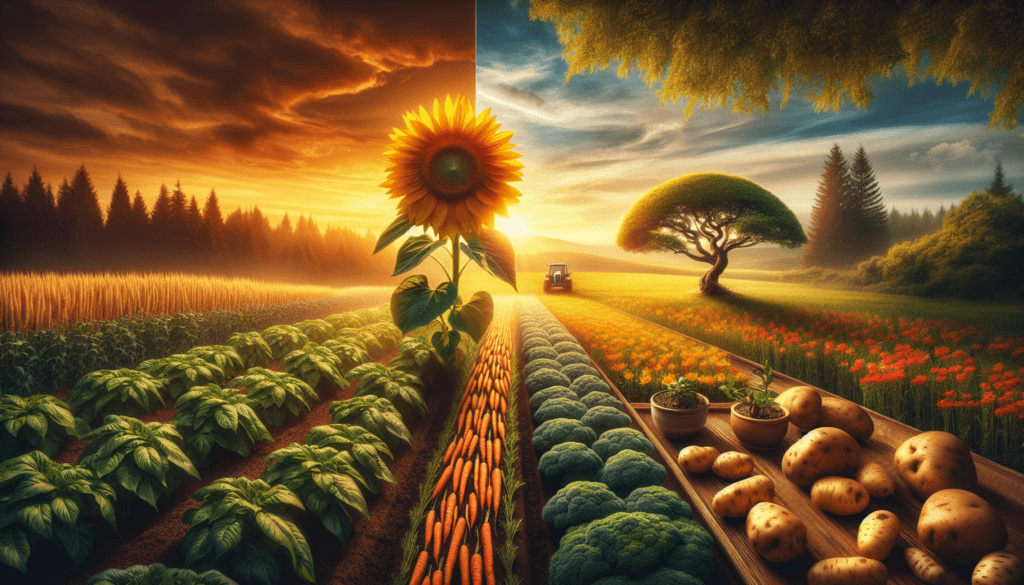
Economic Viability
Gardening as a supplementary activity
Gardening, while not primarily focused on economic viability, can serve as a supplementary source of produce or even income for individuals. By growing their own vegetables and herbs, gardeners can reduce their grocery expenses and enjoy the health and cost benefits of consuming fresh, organic produce. In some cases, surplus produce from gardening can be sold at farmer’s markets or shared within the community, generating a small income and contributing to local food networks. While gardening may not be sufficient to sustain individuals or families solely on an economic basis, it adds value in terms of personal satisfaction, cost savings, and community engagement.
Farming as a main source of income
Farming operates on a larger scale and is often the main source of income for farmers and agricultural businesses. The profitability of farming is dependent on factors such as market demand, crop selection, input costs, and efficient management practices. Farmers must carefully monitor expenses, optimize yields, and navigate price fluctuations to ensure financial sustainability. Successful farming operations allow individuals to generate significant income, support their families, and contribute to the local economy. The ability to scale up production, utilize technology, and adopt sustainable agricultural practices further enhances the economic viability of farming.
Differences in financial sustainability
The economic viability of gardening and farming differs primarily due to the scale, market orientation, and profitability potential of each practice. Gardening, although it can provide some cost savings and supplementary income, is not designed to sustain individuals or families on a full-time basis. It is more often a recreational pursuit or a means of enhancing personal well-being. Farming, conversely, represents a larger-scale and more economically driven enterprise. It requires substantial investments, management strategies, and market intelligence to ensure long-term profitability and financial sustainability. Farming serves as a key pillar of the agricultural sector, offering substantial employment opportunities and contributing significantly to national and global economies.
Conclusion
In conclusion, gardening and farming are distinct practices that differ in scale, scope, purpose, crop variety, required skills and knowledge, land utilization, equipment and technology, and economic viability.
Gardening involves cultivating plants in a smaller, personal setting with the primary objectives of personal satisfaction, aesthetics, and self-sufficiency. It offers a wide range of activities, such as planting, pruning, and harvesting, and allows individuals to customize their gardens based on their preferences and available space. Gardening provides a means for relaxation, creativity, and the enjoyment of homegrown produce.
Farming, on the other hand, encompasses large-scale agricultural operations focused on commercial production. It involves specialized techniques and machinery, along with comprehensive knowledge of crop science, business management, and market dynamics. The primary purpose of farming is to meet the demands of the market, generate income, and contribute to the economy. Farmers leverage economies of scale, advanced technology, and precision agriculture techniques to optimize production and maximize profitability.
Gardening offers a diverse range of crops, allowing for personal preferences and experimentation. It excels in efficiently utilizing limited space and offers flexibility in terms of crop selection and aesthetics. Farming, in contrast, often involves specialization in specific crops driven by market demand and profitability. It relies on structured layouts, land management, and advanced technology to optimize production and meet market expectations.
The skills and knowledge required in gardening are more general and accessible, whereas farming demands a specialized understanding of agronomy, business management, and agricultural technologies. Both practices require continuous learning and adaptation to stay informed about the latest developments in their respective fields.
Gardening maximizes limited space through efficient space management techniques, while farming utilizes structured layouts and land management strategies to optimize productivity. Gardening relies on basic tools and manual labor, while farming leverages mechanization and advanced machinery to streamline operations. The economic viability of gardening is often supplementary and focused on personal satisfaction and cost savings, while farming operates as the main source of income for farmers and agricultural businesses.
In appreciating both practices, it is essential to recognize the benefits of gardening in terms of personal connection with nature, relaxation, and self-sufficiency. Simultaneously, farming plays a vital role in meeting the demands of a growing population, contributing to the economy, and ensuring food security. Whether one chooses to engage in gardening as a hobby or pursue farming as a profession, both practices offer unique opportunities to connect with nature, enhance well-being, and contribute to the broader agricultural landscape.

